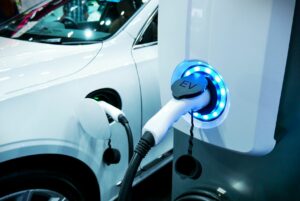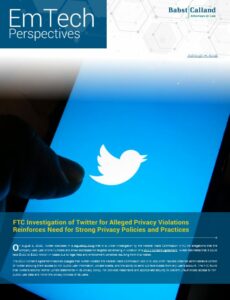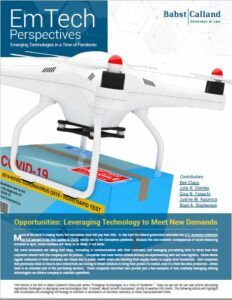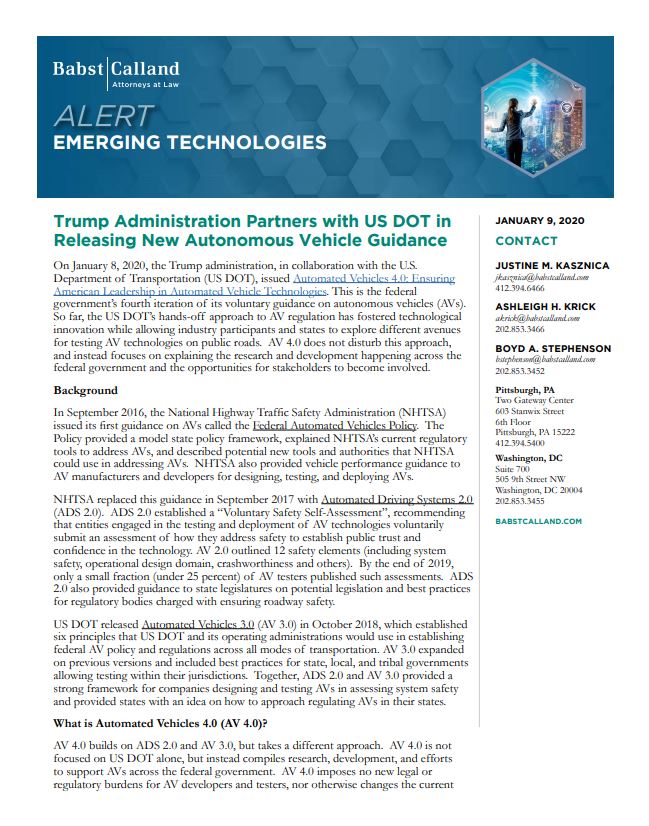The State of California has taken another leap to support electric vehicle owners and manufacturers. On August 27th, the California Public Utilities Commission formally approved a plan from investor-owned utility Southern California Edison (SCE) to fund approximately 37,800 electric vehicle charging ports within its service territory. Under the program, known as Charge Ready 2, SCE will install and maintain the charging infrastructure, while program participants will own, operate and maintain qualified charging stations. SCE will also provide rebates to lower the cost of program participation, including an expanded rebate program to support EV charging ports in new multifamily dwellings under construction.

Of the $436-million-dollar budget, $417.5 million will fund the charging infrastructure for Level 1, Level 2, and direct current fast chargers, while the remaining funds will be used for marketing, education, outreach, and evaluation programs. The utility, which provides power to 15 million people across 50,000-square miles of Southern California, has committed to install 50% of these chargers in disadvantaged communities that are often disproportionately impacted by air pollution.
This program expands the Charge Ready Pilot program, which began three years ago, and joins SCE’s Charge Ready Transport, which aims to provide charging to support 8,490 medium- and heavy-duty electric vehicles over the next five years.
The Charge Ready 2 program will benefit current owners of electric vehicles by increasing charging options and possibly enhancing the market for used electric vehicles, making electric vehicles a more affordable option for more consumers. The program will also encourage the purchase of new electric vehicles, which will benefit not only consumers wanting to own an EV, but also manufacturers who must meet their required percentage of zero emission vehicle sales. Under California law, which has also been adopted by several other states under the federal Clean Air Act, manufacturers must produce enough zero emission vehicles to meet the minimum credit requirement, which increases by 2.5% annually. For example, for model year 2020 vehicles, a manufacturer must produce enough zero emission vehicles to have credits equal to 9.5% of the manufacturer’s average fleet sales in model years 2016-2018.
 On August 3, 2020, Twitter disclosed in a regulatory filing that it is under investigation by the Federal Trade Commission (FTC) for allegations that the company used user phone numbers and email addresses for targeted advertising in violation of a 2011 Consent Agreement. Twitter estimates that it could face $150 to $250 million in losses due to legal fees and enforcement penalties resulting from this matter.
On August 3, 2020, Twitter disclosed in a regulatory filing that it is under investigation by the Federal Trade Commission (FTC) for allegations that the company used user phone numbers and email addresses for targeted advertising in violation of a 2011 Consent Agreement. Twitter estimates that it could face $150 to $250 million in losses due to legal fees and enforcement penalties resulting from this matter.
The 2011 Consent Agreement resolved charges that Twitter violated the Federal Trade Commission Act (FTC Act) when hackers obtained administrative control of Twitter allowing them access to non-public user information, private tweets, and the ability to send out fake tweets from any user’s account. The FTC found that Twitter’s actions neither upheld statements in its privacy policy, nor provided reasonable and appropriate security to prevent unauthorized access to nonpublic user data and honor the privacy choices of its users.
Read more.

Opportunities: Leveraging Technology to Meet New Demands
Most of the world is staying home, but businesses must still pay their bills. In late April the federal government estimated the U.S. economy contracted by 4.8 percent in the first quarter of 2020, mostly due to the Coronavirus pandemic. Because the real economic consequences of social distancing occurred in April, future numbers will likely be as bleak, if not worse.
Yet, some businesses are taking bold steps, innovating in communications with their customers, and leveraging pre-existing tools to retool how their customers interact with the company and its product. Companies that never before offered delivery are experimenting with last mile logistics. Farms whose regular restaurant or hotel customers are closed due to public health orders are retooling their supply chains to supply local households. And companies that previously relied on face-to-face interactions are turning to virtual solutions to bring their product to market, even in a field like wine production—where taste is an essential part of the purchasing decision. These companies described here provide just a few examples of how creatively leveraging existing technologies can allow a company to maintain operations.
Read More.
Tags: Commercial,
Coronavirus,
Corporate Law,
COVID-19,
Drones,
Efficiency,
Emerging,
Emerging Technology,
Industry News,
Innovation,
Last Mile Logistics,
Logistics,
Mobility,
Pandemic,
Regulations,
Regulatory,
Remote Learning,
Robotics,
Robots,
Supply Chain,
Tech Industry,
Technology,
Transportation,
US DOT
The trucking industry is still adjusting to the final transition to electronic logging devices (ELDs). Some relief may be on the horizon, however, as federal regulators consider whether to relax the hours of service requirements.
“Every solution has unintended consequences, and that is exactly what we are seeing now,” says Boyd A. Stephenson, associate at Babst Calland. “The supply chain is like a balloon, where everything is interconnected. You push on one part and another piece will pop out.”
Paper logbooks are left to the discretion of the driver, while ELDs record driving time automatically to ensure driving hours are strictly followed. The idea is to make the roads safer. Effective now, strict enforcement of the ELD mandate applies to all drivers, unless they operate under the short-haul rule exemption.
The trucking industry is dealing with rising transportation costs and an overall driver shortage in an economic expansion. Freight volumes also grew more slowly in 2019, with trade conflicts and tariff increases taking a toll on growth.
An American Transportation Research Institute survey found that the top industry concerns for 2019 were driver shortages, hours of service, driver compensation and detention or delays at customer facilities. These obstacles increase trucking costs, which get passed on to shippers that need their goods transported.
Smart Business spoke with Stephenson about hours of service rules and other industry changes that businesses should be aware of in 2020.
Read More.
 On January 8, 2020, the Trump administration, in collaboration with the U.S. Department of Transportation (US DOT), issued Automated Vehicles 4.0: Ensuring American Leadership in Automated Vehicle Technologies. This is the federal government’s fourth iteration of its voluntary guidance on autonomous vehicles (AVs). So far, the US DOT’s hands-off approach to AV regulation has allowed for technological innovation while allowing industry participants and states to explore different avenues for testing AV technologies on public roads. AV 4.0 does not disturb this approach, and instead focuses on explaining the research and development happening across the federal government and the opportunities for stakeholders to become involved.
On January 8, 2020, the Trump administration, in collaboration with the U.S. Department of Transportation (US DOT), issued Automated Vehicles 4.0: Ensuring American Leadership in Automated Vehicle Technologies. This is the federal government’s fourth iteration of its voluntary guidance on autonomous vehicles (AVs). So far, the US DOT’s hands-off approach to AV regulation has allowed for technological innovation while allowing industry participants and states to explore different avenues for testing AV technologies on public roads. AV 4.0 does not disturb this approach, and instead focuses on explaining the research and development happening across the federal government and the opportunities for stakeholders to become involved.
Read More.

 On August 3, 2020, Twitter disclosed in a
On August 3, 2020, Twitter disclosed in a 
